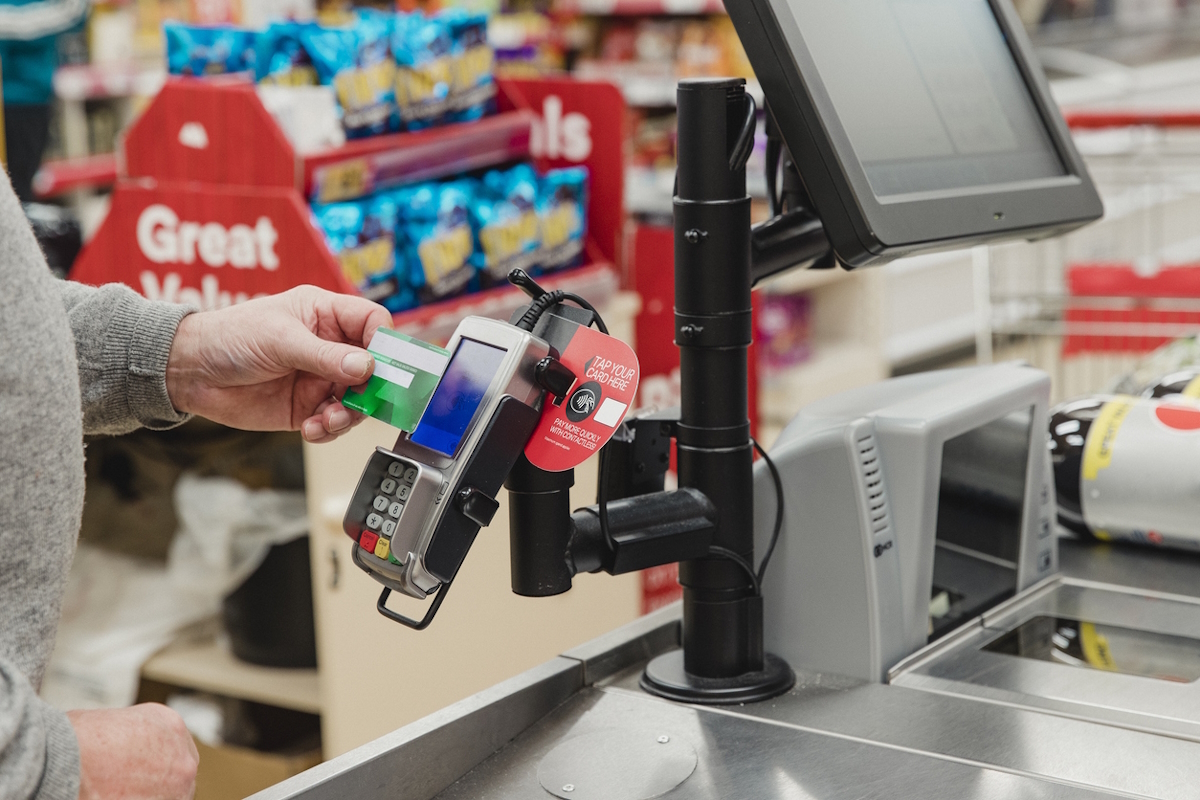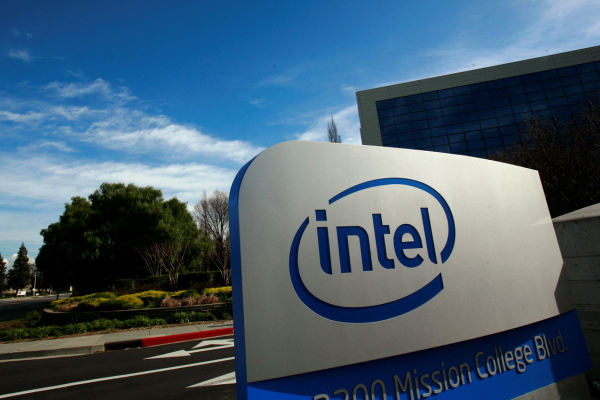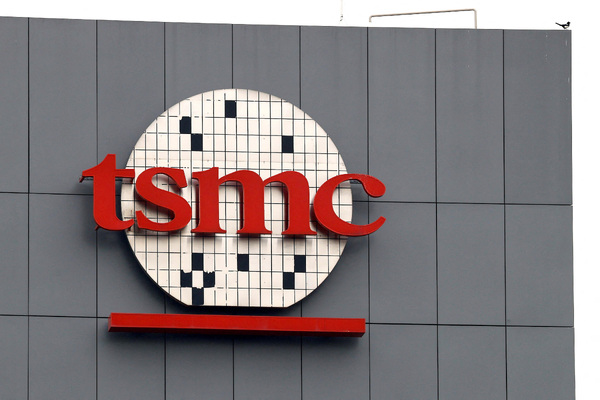Can supermarket banking brands survive?

Matt Boffey at Design Bridge and Partners asks: Why won’t shoppers choose their bank on the vegetable aisle?
It seems that Sainsbury’s is the latest grocer to withdraw from the banking sector. Beginning its foray into financial services back in 1997, and after amassing over 1 million customer accounts in the 27 years since, Sainsbury’s is now set to transfer its banking arm to NatWest.
It’s not the only supermarket in recent months to announce it would be backing out of banking. Tesco, too, has sold its financial services business to Barclays. What explains the change of heart?
Why couldn’t a brand like Sainsbury’s, who have millions of people visiting its stores and website everyday, make banking a success?
A good place to start is to understand what the Sainsbury’s brand stands for in people’s minds. Looking at WPP’s proprietary source of consumer data, Brand Asset Valuator, Sainsbury’s has some associations that are likely to be relevant to people when choosing a financial services provider, including: socially responsible, cares for customer, straightforward, trustworthy, and reliable.
When it comes to comparison with the traditional retail banks, Sainsbury’s is pretty much on par. However, from a brand point-of-view, level pegging isn’t enough to drive people to open an account.
Things get more interesting when Sainsbury’s is compared to the category’s disruptors like Monzo (over 9 million customers), Revolut (35 million customers) and Starling (nearly 4 million customers). The associations that people have with these brands are different to both Sainsbury’s and their traditional retail rivals.
Powering the success of these providers have been perceptions of being up to date, progressive, dynamic, energetic, visionary, and innovative. Of course, to be credible and have a lasting impact, these associations have to be grounded in the product experience these brands offer. But the neo banks have been able to differentiate in this way, and this has been one reason they’ve been able to drive people to open accounts, helping them steal share from the traditional retail banks.
It’s these differentiating associations that are increasingly compelling to consumers in the category, and the associations that Sainsbury’s failed to build around its own bank brand.
Perhaps this is at the heart of the brand challenge both Sainsbury’s and Tesco have faced. The associations that are needed to be successful grocery brands are different to the associations that are needed to be a successful banking brand.
For these brands to win in financial services, they needed stronger sub-brands with associations that more strongly pulled them apart from their parent-brand and more strongly differentiated from the traditional retail brands.
But doing this is expensive. At the same time, the parent brand, along with all its baggage and its ad spend, is always in danger of crowding out the sub-brand and eroding its differentiated meaning. What should be a strength, turns out to be a curse.
It’s not impossible to envision a world where we see supermarkets taking meaningful strides into the financial services sector at some point in the future. But lessons from mission 1.0 should not be forgotten hastily. Asking what the brand stands for is an imperative step because just standing out, doesn’t mean you’ll cash in.
Matt Boffey is Chief Strategy Officer at Design Bridge and Partners
Main image courtesy of iStockPhoto.com and DGLimages

Business Reporter Team
Related Articles
Most Viewed
Winston House, 3rd Floor, Units 306-309, 2-4 Dollis Park, London, N3 1HF
23-29 Hendon Lane, London, N3 1RT
020 8349 4363
© 2025, Lyonsdown Limited. Business Reporter® is a registered trademark of Lyonsdown Ltd. VAT registration number: 830519543





